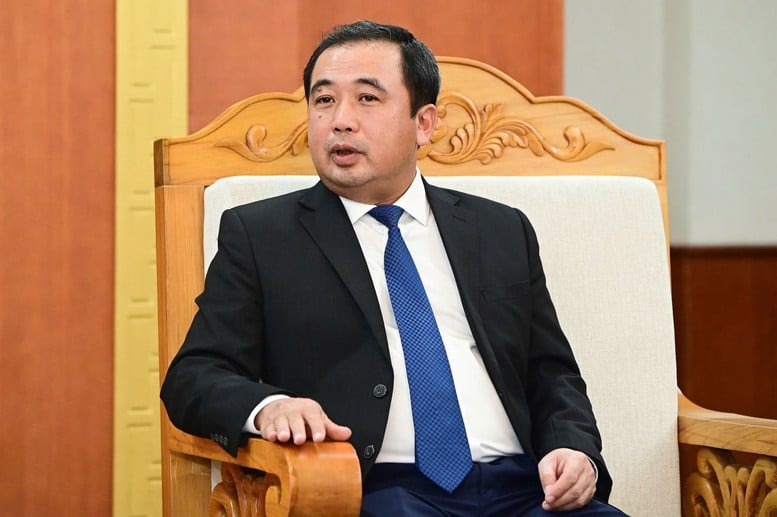
Acting Minister of Agriculture and Environment Tran Duc Thang: In the 2025-2030 term, the entire sector identifies this as an important period for the Agriculture and Environment sector to firmly enter the era of national growth, prosperity and wealth.
On the occasion of the 1st Government Party Congress, the Government Electronic Information Portal interviewed Acting Minister of Agriculture and Environment Tran Duc Thang about the sector's outstanding achievements in the past term as well as development orientations and goals in the 2025-2030 period.
Focus on strategic breakthroughs
Comrade Tran Duc Thang: The 2020-2025 term is a particularly difficult and challenging period. The world has witnessed the disruption of the global food supply chain due to the COVID-19 pandemic; along with the impacts of climate change causing extremely extreme weather patterns, such as drought, prolonged saltwater intrusion, floods, storms, subsidence, landslides... causing serious losses to productivity, crop output, aquatic products and agricultural ecosystems. The Russia-Ukraine conflict lasting from 2022 also created a big shock, pushing up agricultural prices. Domestically, we are facing the double impact of climate change and epidemics; plus market fluctuations, changes in consumer trends... creating unprecedented challenges for the economy in general and the Agriculture and Environment sector in particular.
However, thanks to the close attention and leadership of the Party Central Committee, the Politburo, the Secretariat, the National Assembly, the Government, the Prime Minister; the united efforts of the entire political system, the participation of businesses and people; the entire industry with its will, aspiration and spirit of solidarity, discipline and responsibility has made great efforts to develop comprehensively. The entire industry has focused on directing the restructuring of agriculture towards ecology, greenness, sustainability, high quality and added value; thanks to that, agriculture has continuously promoted its role as a "pillar" of the economy, contributing to ensuring social security and national food security, ensuring major balances of the economy. New rural construction has achieved many important results, completing the set goals early, contributing to changing the face of the countryside and improving people's lives. Services, agricultural and rural tourism have recovered and developed rapidly after the Covid-19 pandemic, promoting the development of the rural economy, shifting towards modernization; exploiting the strengths of the marine economy and forestry economy with the multi-purpose value of the forest ecosystem.

Agriculture continuously plays the role of "supporting" the economy, contributing to ensuring social security and national food security, ensuring major balances of the economy.
One of the most prominent highlights is that the Agriculture and Environment sector has successfully completed the set targets. Specifically, 9/9 targets on political tasks set at the beginning of the 2020-2025 term have been achieved. In particular, many targets far exceed the initial target: The GDP growth rate of the entire agricultural sector is expected to reach 3.7%/year (exceeding the plan of 2.5 - 3%/year), in 2025 the GDP growth of the entire sector strives to reach 4%. The export turnover of agricultural, forestry and fishery products increased by over 8.4%/year (exceeding the plan of 5 - 6%/year), in 2025 it is expected to reach over 65 billion USD. The target of 80% of communes meeting new rural standards has been completed; the forest cover rate in 2025 reached 42.03% (exceeding the plan of 42%). The rate of industrial parks (IPs) with centralized wastewater treatment systems reached 92.3% (exceeding the plan of 92%). In addition, all targets on Party building work of the Party Committee in the 2020 - 2025 term reached 100% compared to the target in the Congress Resolution.
The entire sector has also focused on strategic breakthroughs. In particular, building, perfecting and improving the quality of institutions is a highlight. In the 2020-2024 period, the Party Executive Committees of the two previous Ministries and the current Standing Committee of the Ministry's Party Committee have advised on the issuance of many important resolutions, conclusions, directives and strategies, creating a unified and synchronous legal corridor, handling "bottlenecks" and unlocking development resources.
Recently, the viewpoints, orientations, tasks, and solutions in the four important Resolutions of the Politburo ("the four pillars"), Resolutions on culture, health, education, etc. have been institutionalized to unleash resources and create new momentum for growth and development of the sector.
At the same time, the industry has been resolute in leading, directing, and organizing the implementation of policies and orientations on organization, personnel, streamlining the apparatus, and administrative reform. In particular, the merger of the two Ministries of Agriculture and Rural Development and the Ministry of Natural Resources and Environment into the Ministry of Agriculture and Environment according to Decree No. 35/2025/ND-CP dated February 25, 2025 is a historic decision, creating a solid legal foundation for the development of the industry.
In addition, focus on promoting strategic breakthroughs in building modern and synchronous agricultural and rural infrastructure, improving the quality of service for production and life. Digital infrastructure, digital platforms, and national databases on agriculture and the environment are deployed, effectively supporting the direction and handling of administrative procedures.
These achievements are a testament to the solidarity, proactiveness, and innovation of the entire industry, the joint efforts and consensus of localities, businesses, and people, contributing significantly to the overall achievements of the country's socio-economic development.
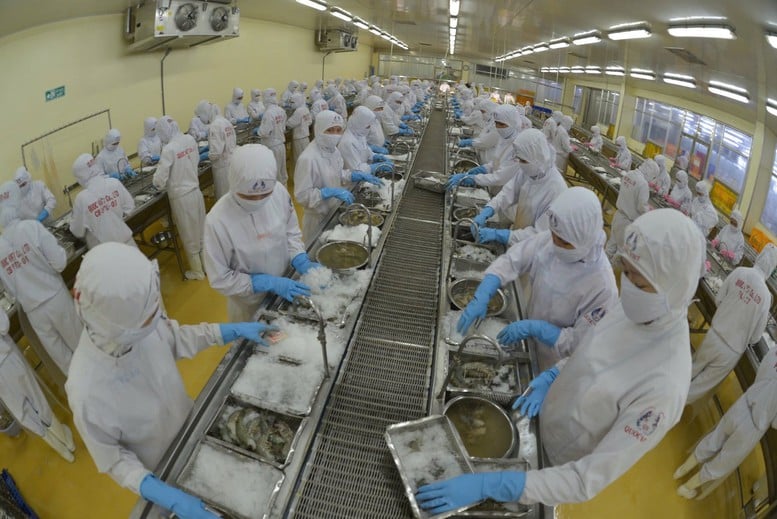
Exports of agricultural, forestry and fishery products have increased continuously over the past 5 years.
Agriculture and Environment: Two parallel pillars
Comrade Tran Duc Thang: Resolution No. 19-NQ/TW dated June 16, 2022 of the 13th Party Central Committee is considered an important milestone, clearly affirming the role of "agriculture as a national advantage and pillar of the economy". This document sets the goal of comprehensive development of agriculture, farmers and rural areas by 2030, with a vision to 2045 - considering this as the foundation for social stability and sustainable development of the country.
The Resolution emphasizes the need to restructure the agricultural sector towards multi-value integration, linking production with processing, services and consumption markets; at the same time promoting the application of science and technology, mechanization, digital transformation, and the formation of modern agricultural value chains. With that orientation, Vietnamese agriculture is not only a "security cushion" in difficult times, but is also becoming a new growth driver, contributing to improving the income and quality of life of tens of millions of farmers.
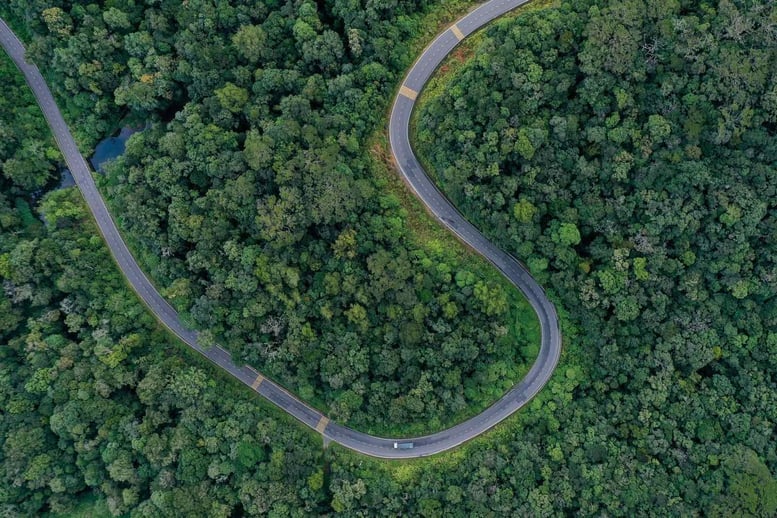
The environment is no longer the "rear" of growth, but has become a parallel pillar, closely linked to all national development strategies.
Along with economy and society, environment has always been identified as one of the three pillars of sustainable development of the country. That idea is expressed throughout Resolution 41-NQ/TW (2004) of the Politburo on environmental protection in the period of industrialization and modernization, to the Documents of the 13th National Party Congress, affirming the harmonious development between economic growth, social progress and environmental protection.
This viewpoint is institutionalized in the Law on Environmental Protection 2020, emphasizing: "Environmental protection is the condition, foundation, central and prerequisite factor for sustainable socio-economic development". Thus, the environment is no longer the "rear" of growth, but has become a parallel pillar, closely linked to all national development strategies.
In the period of 2021-2025, Vietnam's agricultural sector witnessed remarkable progress: restructuring production towards the market, rapidly increasing the proportion of high-value products such as aquatic products, vegetables, flowers, fruits, industrial crops, wooden furniture and non-timber forest products. Many concentrated production areas, applying high technology, meeting GlobalGAP and VietGAP standards were formed.
Cultivation has shifted strongly, nearly 478 thousand hectares of ineffective rice have been converted to other crops and aquaculture with higher economic value. Rice productivity still maintains an increase of 2%/year, bringing rice output in 2024 to 43.5 million tons, firmly ensuring food security. Livestock development is in the direction of industry, biosafety, and organic. In 2024, the total output of fresh meat will reach 8.3 million tons, an increase of more than 28% compared to 2020. Forestry links economic development with environmental protection: the area of new forest plantation is more than 260 thousand hectares/year, revenue from forest environmental services reaches nearly 3,700 billion VND/year, contributing to the protection of more than 7.3 million hectares of forest. Aquaculture develops strongly, the output in 2024 will reach 9.6 million tons, an increase of 16.4% compared to 2020, of which aquaculture accounts for an increasingly large proportion. Many localities have promoted offshore fishing, combated IUU fishing, and increased the value of Vietnamese seafood products in the world market.
At the same time, despite global difficulties, the export turnover of agricultural, forestry and fishery products in 2024 reached a record high of 62.5 billion USD, with a trade surplus of 17.9 billion USD. Billion-dollar products such as rice, coffee, fruits, wood and seafood continued to maintain their position in the markets of China, the United States, Japan and the EU. Along with that, the "One Commune One Product" (OCOP) program has over 16,500 products with 3 stars or more, contributing to shaping the brand of Vietnamese agricultural products.
The New Rural Development Program has achieved many comprehensive results: by mid-2025, 79.3% of communes met the standards, 24 provinces achieved 100% new rural communes. Farmers' income increased sharply, reaching an average of 55 million VND/year, the poverty rate decreased to 1.93%, reflecting the effectiveness of the three-agricultural policy.
In addition, the industry also focuses on effectively managing natural resources, proactively responding to climate change and protecting the environment. In particular, the Land Law 2024, the Water Resources Law 2023, and the Geology and Minerals Law 2024 have been promulgated, creating an important legal corridor for transparent and sustainable natural resource management. The national land database system is completed and connected nationwide; 11 inter-reservoir operation procedures ensure water security; mineral surveys cover 70% of the mainland area and 40% of Vietnam's sea area, contributing VND 5,000 billion/year to the budget.
The 2020 Law on Environmental Protection and national strategies to 2050 on climate change, methane emission reduction, and carbon market development affirm Vietnam's determination to achieve the "Net Zero 2050" target; By 2025, the urban solid waste collection rate will reach 95%, the protected natural forest area will be restored to over 4 million hectares, and nature reserves will account for over 7.5% of the territory.
Hydrometeorological forecasting and warning work has been modernized, applying new technology to meet the requirements of development and natural disaster prevention. The reliability of forecasting storms, heavy rains, severe cold, floods, heat waves, thunderstorms, and landslides has been significantly improved; Management and exploitation of irrigation works have seen many innovations. The works are operated flexibly to serve multiple purposes, from production, people's lives to drought prevention, saltwater intrusion, and flooding. Natural disaster prevention work has been deployed synchronously, perfecting the legal framework, policies, and organizational apparatus from the central to local levels. The dyke system is strictly managed, maintained in order, ready to respond, and ensuring safety during the rainy and flood season.
In addition, in the field of general work, development investment and financial management of the industry are given special attention. Foreign affairs and international integration have also been promoted, deepened and achieved many important results of strategic significance. We have proactively promoted many multilateral foreign affairs programs and activities, international cooperation with international organizations, bilateral partners, especially neighboring countries. This not only helps access technical support, science, technology, knowledge and capital flows for development, but also coordinates negotiations, resolves technical issues, opens markets for many agricultural, forestry and fishery products to major markets. Vietnam has gradually become a model of development in low carbon emissions, green agriculture, contributing to common development and, more importantly, protecting health, sustainable food security, quality of life, safety and prosperity.
In particular, the whole sector has strongly promoted research, application and transfer of science and technology, innovation, and accelerated digital transformation. The Party Committee of the Ministry identified science and technology as a breakthrough solution for productivity, quality and competitiveness, and as a driving force for the development of green, clean, and smart agriculture. The Agriculture and Environment sector has led and directed the development and implementation of 51 National Programs and Plans on the contents and tasks of the sector. The sector has invested in and directed the activities of 21 scientific and technological organizations (16 specialized institutes and 05 planning institutes) and 34 training units, along with 180 laboratories serving research. A large team of scientific staff with more than 11,000 people in units under the Ministry has been formed. In the coming time, these organizations will be comprehensively arranged and restructured according to the Resolution of the Politburo and according to the Planning and Decision of the Government and the Prime Minister.
The Ministry has also issued 1,832 TCVNs and 175 QCVNs, basically covering all majors. Digital transformation has been enhanced in application, effectively implementing the construction of a digital government, providing high-level online public services, applying information technology in implementing the one-stop mechanism, the interconnected one-stop mechanism and specialized state management. Information systems serving people and businesses are regularly updated and interact effectively.
All these results show that agriculture and environment are not only two economic and technical sectors, but also two strategic pillars ensuring the country's harmonious and sustainable development, towards a green and prosperous future.
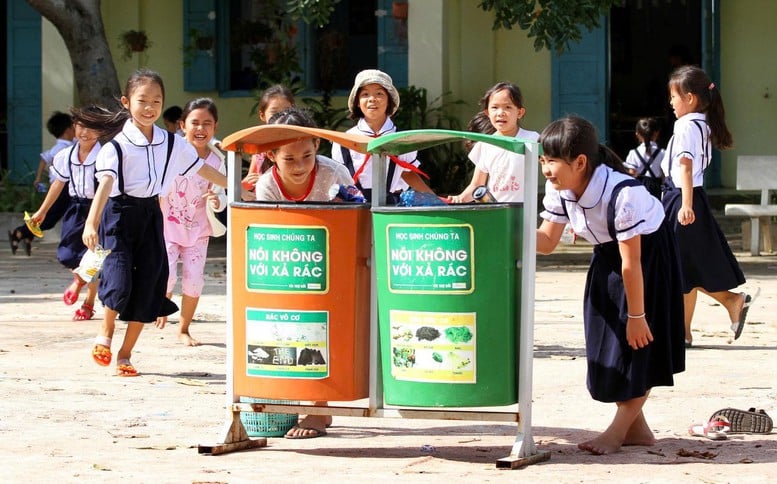
Environmental protection is the condition, foundation, central and prerequisite factor for sustainable socio-economic development.
4 strategic breakthroughs to help the agricultural and environmental sectors innovate comprehensively
Comrade Tran Duc Thang: In the 2025-2030 term, the entire sector identifies this as an important period for the Agriculture and Environment sector to firmly enter the era of national growth, prosperity and strength, contributing to the sustainable development of the country, towards the vision to 2045. With the motto "Solidarity - Democracy - Discipline - Breakthrough - Development", the Agriculture and Environment sector sets out 6 general goals:
(1) Building a commodity agricultural production base while developing agriculture based on national comparative advantages in a modern direction with high productivity, quality, efficiency, sustainability, and high competitiveness, among the leading group in Southeast Asia and Top 15 in the world by 2030. Ensuring national food security, agricultural export turnover maintains high growth momentum, making an important contribution to the country's socio-economic development and people's livelihoods.
(2) Proactively adapt to climate change, prevent natural disasters, reduce greenhouse gas emissions; make fundamental changes in exploiting and using resources in a reasonable, economical, effective and sustainable manner; prevent the trend of increasing environmental pollution and biodiversity loss to ensure the quality of the living environment, maintain ecological balance, and move towards a green, environmentally friendly economy.
(3) Enhance the contribution of science, technology and innovation to industry growth through research, transfer and application of science and technology by public science and technology organizations and the private sector. By 2030, the contribution of total factor productivity (TFP) to industry growth will be over 50%.
(4) Promote international cooperation, effectively mobilize international resources to realize the goals and targets of the agricultural and environmental sectors; respond to non-traditional security issues (food, water resources, minerals, climate, biodiversity, etc.), and ensure Vietnam's interests in the international arena.
(5) By 2030, the agricultural and rural infrastructure system will be basically synchronous and modern. Fundamentally solve the problem of domestic water for densely populated islands; synchronously complete the system of works regulating saltwater, fresh water, and storing water in large river basins; balance enough water to serve people's lives and socio-economic development. Complete the repair and upgrade of damaged, degraded dams and reservoirs that lack flood prevention and control capacity. Focus on preventing and combating riverbank and coastal erosion in key vulnerable areas.
(6) Maximize the potential and value of marine resources and space; focus on coastal resources and the connection between land and sea; create a foundation for rapid and sustainable development of the marine economy, contribute to the formation and development of strong marine economic sectors, create many effective livelihoods for people; ensure national defense, security, foreign affairs and international cooperation, maintain independence, sovereignty, sovereign rights, jurisdiction and national interests at sea; gradually turn Vietnam into a strong maritime nation, rich from the sea.
To achieve the above goals, the Agriculture and Environment sector has identified focusing on implementing the following four strategic breakthroughs:
Firstly, resolutely reform and improve institutions and laws, remove bottlenecks, and release all resources for development; promote decentralization and delegation of power, promote the role of autonomy and self-responsibility of localities; reform and simplify administrative procedures to the maximum extent to ensure publicity and transparency. Focus on developing and submitting to competent authorities for promulgation laws amending and supplementing the Laws on Land, Geology and Minerals, the Law on Environmental Protection and other important laws in the fields of Agriculture and Environment.
Second, promote breakthroughs in science, technology, innovation and digital transformation to serve the creation and development of the industry. Focus on implementing outstanding testing and piloting mechanisms for agricultural production models; complete the industry's database system, with the determination to basically complete the national land database by 2025.
Third, create a strong breakthrough in building synchronous and modern agricultural, rural, natural resources and environmental infrastructure, focusing on improving forecasting and warning capacity and upgrading disaster prevention and control infrastructure; strengthening solutions to overcome environmental pollution and respond to climate change; developing multi-purpose irrigation; investing in developing infrastructure serving agriculture, forestry and fisheries, and protecting and developing forests.
Fourth, focus on developing high-quality human resources; create breakthroughs and strong changes in personnel work, attract and utilize talents. Build a team of truly exemplary leaders and managers at all levels, especially leaders; Focus on building a team of scientists, experts, businessmen and professional farmers to meet the increasingly high demands in the new development stage of the industry.
I believe that, with the close attention and leadership of the Party Central Committee, the Politburo, the Secretariat, the National Assembly, the Government, and the Prime Minister; the joint efforts of the entire political system, the participation of businesses and people, the Agriculture and Environment sector will continue to reap more successes in the 2025-2030 term, contributing to the successful implementation of the tasks set out by the 1st Congress of the Government Party Committee for the 2025-2030 term, affirming the determination to successfully implement the country's development goals by 2030, celebrating the 100th anniversary of the Party's founding and towards 2045, the 100th anniversary of the country's founding, realizing the vision of a rich, civilized, prosperous and happy Vietnam.
Thank you very much, comrade!
Source: https://baochinhphu.vn/nong-nghiep-moi-truong-hop-luc-vi-tuong-lai-xanh-1022510121155424.htm


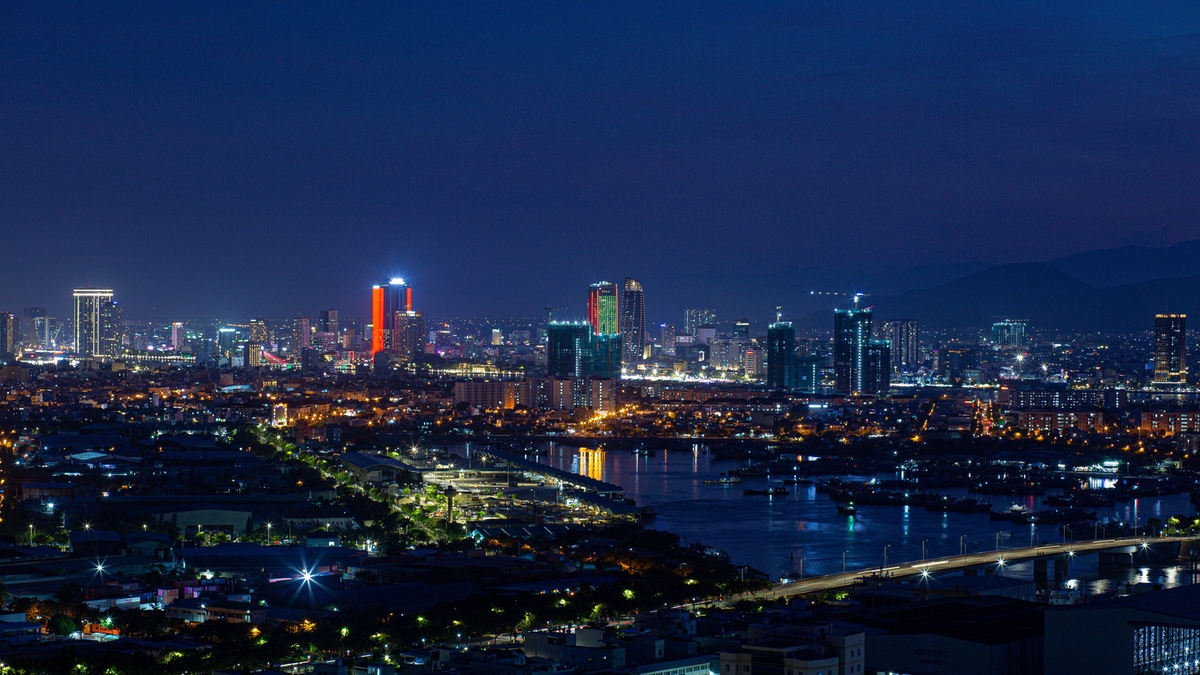




![[Photo] Discover unique experiences at the first World Cultural Festival](https://vphoto.vietnam.vn/thumb/1200x675/vietnam/resource/IMAGE/2025/10/11/1760198064937_le-hoi-van-hoa-4199-3623-jpg.webp)
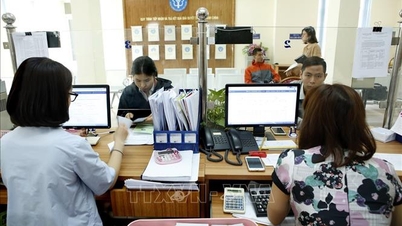


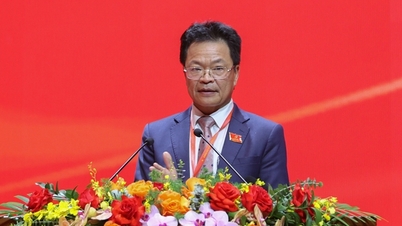
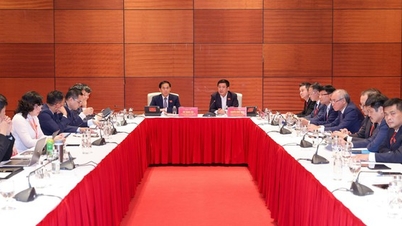

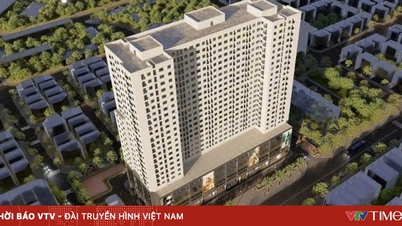






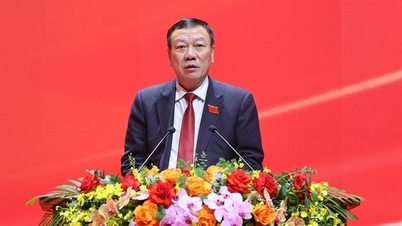
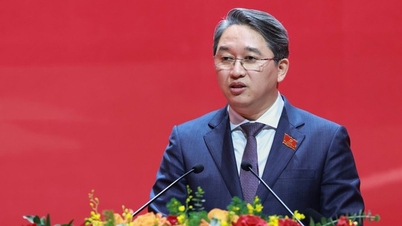
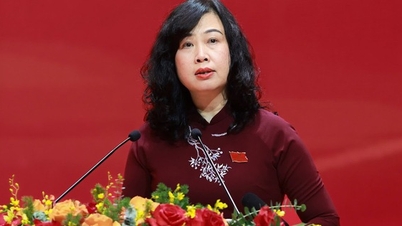
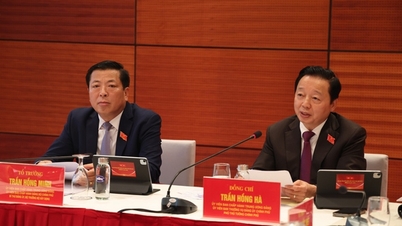
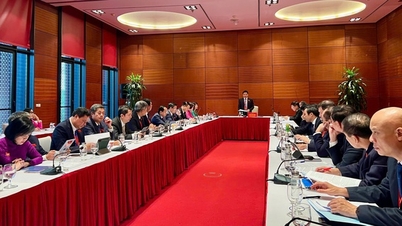






























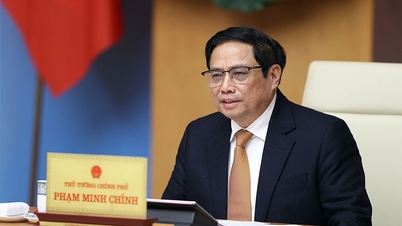
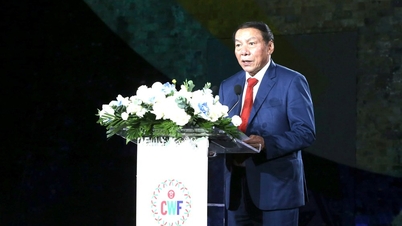


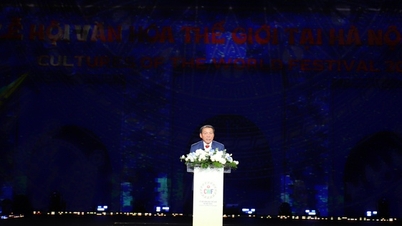

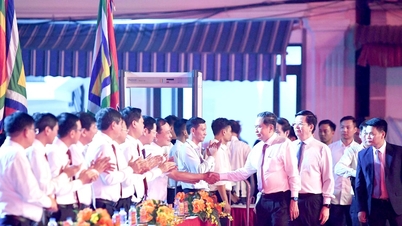
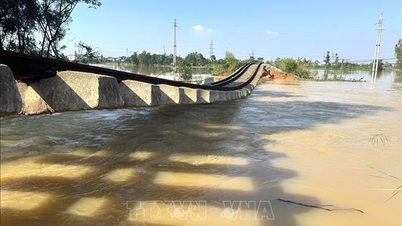
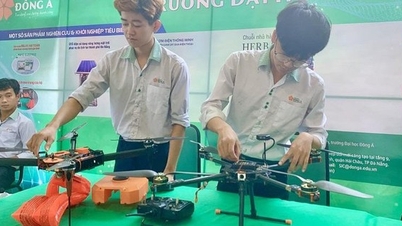

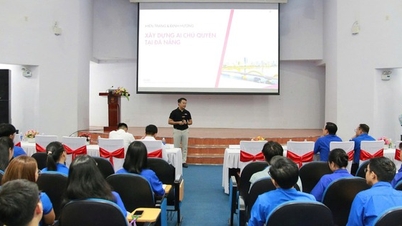
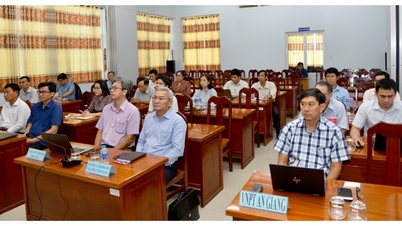
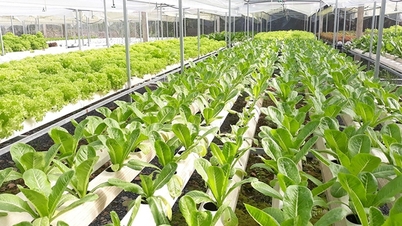

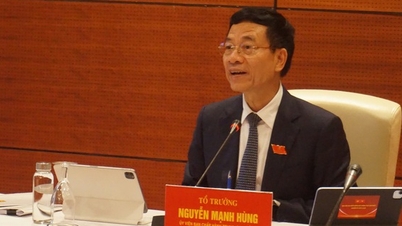


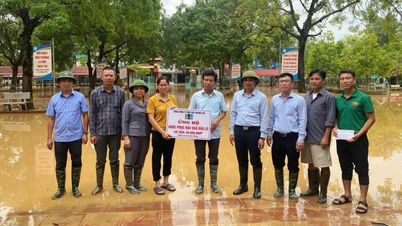

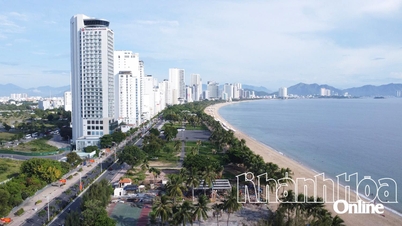

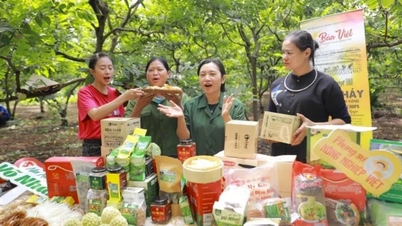


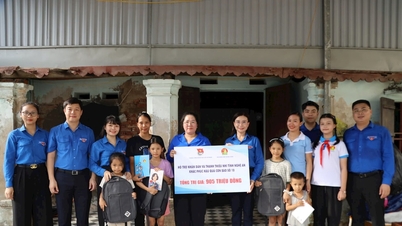











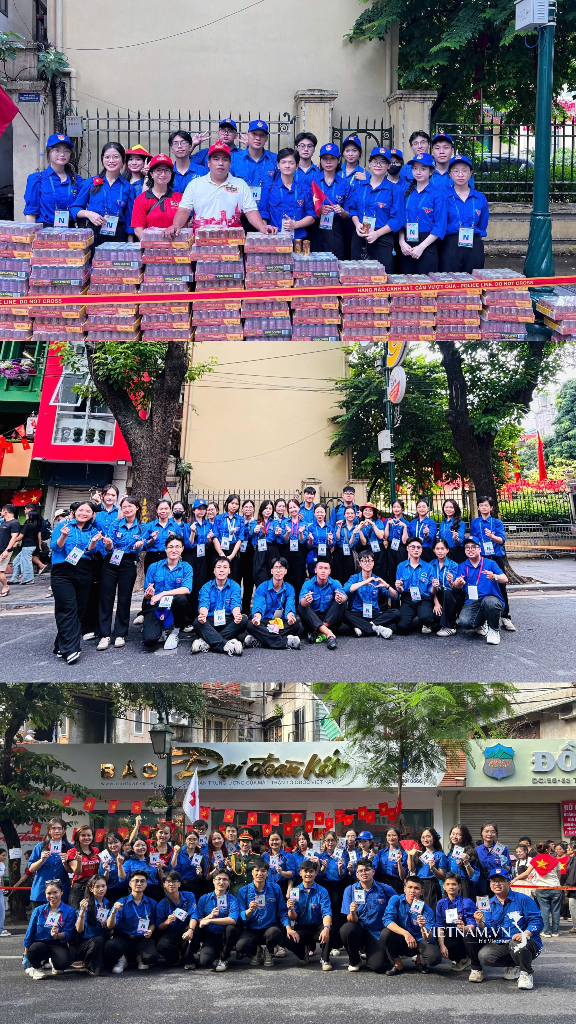



Comment (0)